In 2024, the Dak Nong Provincial Agricultural Extension and Seed Center (now Lam Dong Provincial Agricultural Extension Center) coordinated with Bayer Vietnam Co., Ltd. to deploy the model in communes in the former Dak Nong province (now Lam Dong province).
Initially, the model was planned to be implemented on an area of 200 hectares, including 10 hectares of model (1 hectare/household) and 10 hectares of control (1 hectare/household). However, thanks to the positive response of the people, the actual applied area has reached about 300 hectares.
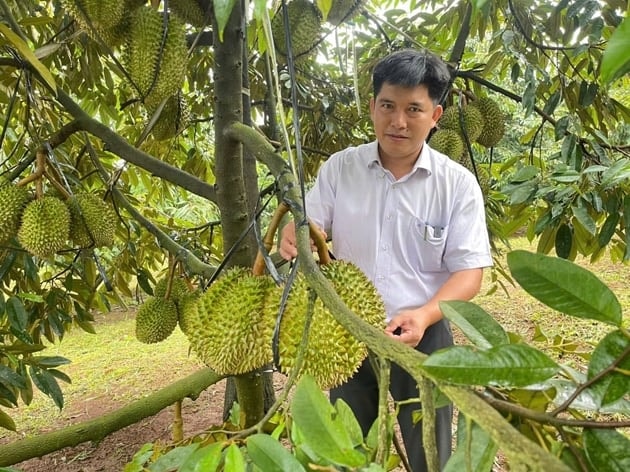
Before implementation, the local durian industry faced many difficulties: ineffective pest management forced farmers to increase the number of sprays, overuse of concentrations, leading to drug resistance and residues exceeding safety thresholds; Cadmium contamination in production and Yellow O in processing reduced export reputation; climate change was unfavorable for flowering and fruiting; the consumer market increasingly demanded high quality.
The gardens participating in the model are all durian gardens from the 5th year onwards, with stable harvests and a uniform tree ratio of over 80%.
During the implementation process, technical staff from the Agricultural Extension Center and Bayer Vietnam regularly visit the garden, check growth, pests and diseases, and coordinate with farmers to provide technical solutions suitable for each stage and level of pests. Farmers are trained and guided on the process of care and safe use of pesticides, following the 4 correct principles, environmentally friendly, suitable for each stage of plant growth.
Mr. Doan Van Thanh in village 13, Quang Tin commune shared: “Previously, I used pesticides mainly based on experience and advice from the dealer, so I sprayed many times but the effect was not high, affecting health, the environment, and the durian fruit had pesticide residue. Participating in the model, we received full support, technical guidance, and staff directly mixed the pesticides and treated them in the garden. Bayer's technical process helps reduce the number of sprays, the isolation period is short, and the pest control effect is very high. The product is environmentally friendly and safe for humans."
Similarly, Mr. Mai Huyech in Nam Gia Nghia ward - one of 10 households participating in the model said: "I was instructed to use low-toxicity drugs, ensuring good isolation time, so the product quality is improved, safe for users. Participating in this model, the most obvious advantage is that the investment cost is lower than the previous method but the efficiency is high. This is also one of the measures that durian growers in the area aim for".
By following the technical process as instructed, pests are well controlled, damage is significantly reduced, and farmers are more proactive in garden management.
After nearly a year of implementation, the model has brought positive results such as: The model garden achieved a yield of 30 tons/ha, the rate of grade 1 fruit was over 80%, the average selling price was 65,000 VND/kg, bringing a profit of more than 1.3 billion VND/ha after deducting costs. The control garden achieved a yield of 27 tons/ha, the rate of grade 1 was about 78%, the selling price was 63,000 VND/kg, the profit was nearly 1.1 billion VND/ha.
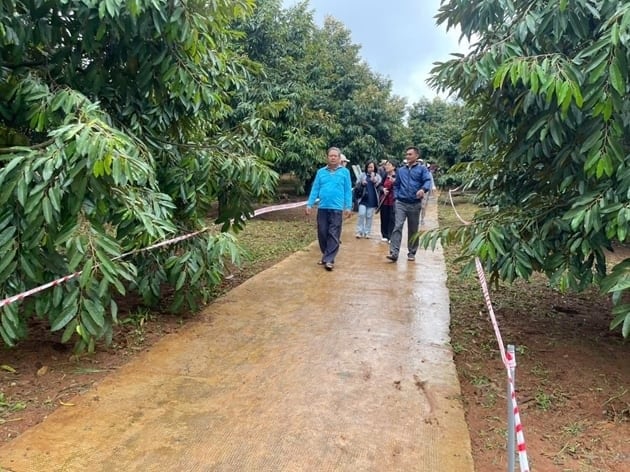
Thus, the model garden achieved a productivity increase of more than 10% and significantly higher profits than the control garden.
The model has contributed to changing awareness, helping farmers give up the habit of "bathing with medicine" for their gardens, moving towards safe, environmentally friendly production, and complying with techniques.
People are properly trained, raising awareness of labor safety, protecting public health and the environment.
The model was deployed at the right time when the domestic durian industry had to meet stricter quality requirements from the market.
Using pesticides safely, effectively and technically not only improves productivity and quality but also demonstrates the producer's responsibility to consumers and society.
Many farmers and agencies and units that came to visit acknowledged that this was the right and effective direction and deserved to be replicated.
The model results confirm: applying advanced farming processes helps control pests effectively, ensure food safety, significantly improve productivity and quality, and increase farmers' income.
The model has become a new production model, linking production with social responsibility, protecting human health and the environment, while enhancing the position of Lam Dong durian in the domestic and international markets.
This is an important step forward, contributing to the sustainable development of the durian industry - the main crop of Lam Dong province with a total area of 42,417 hectares, of which 21,491 hectares are being harvested, with an output of about 262,000 tons.
Source: https://baolamdong.vn/nong-dan-lam-dong-trong-sau-rieng-chat-luong-cao-len-den-300ha-388001.html



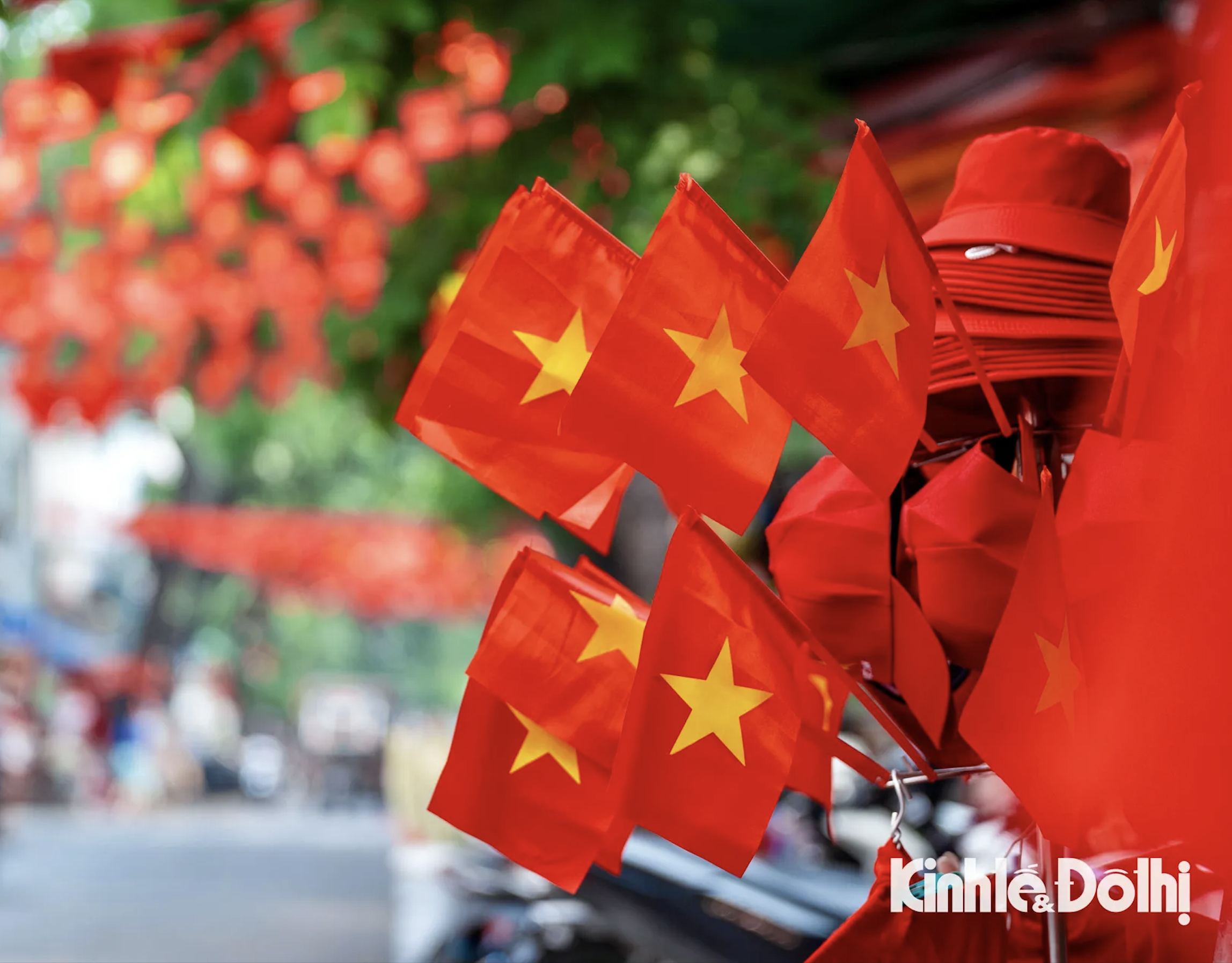
![[Photo] President Luong Cuong receives delegation of the Youth Committee of the Liberal Democratic Party of Japan](https://vstatic.vietnam.vn/vietnam/resource/IMAGE/2025/8/22/2632d7f5cf4f4a8e90ce5f5e1989194a)




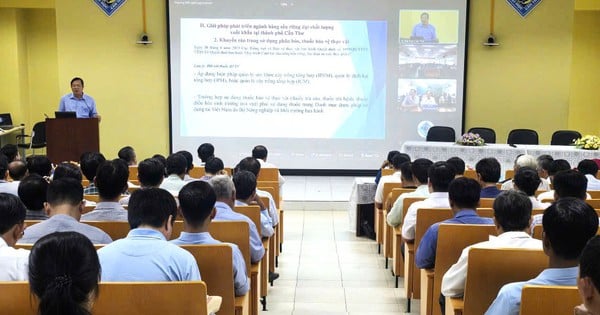
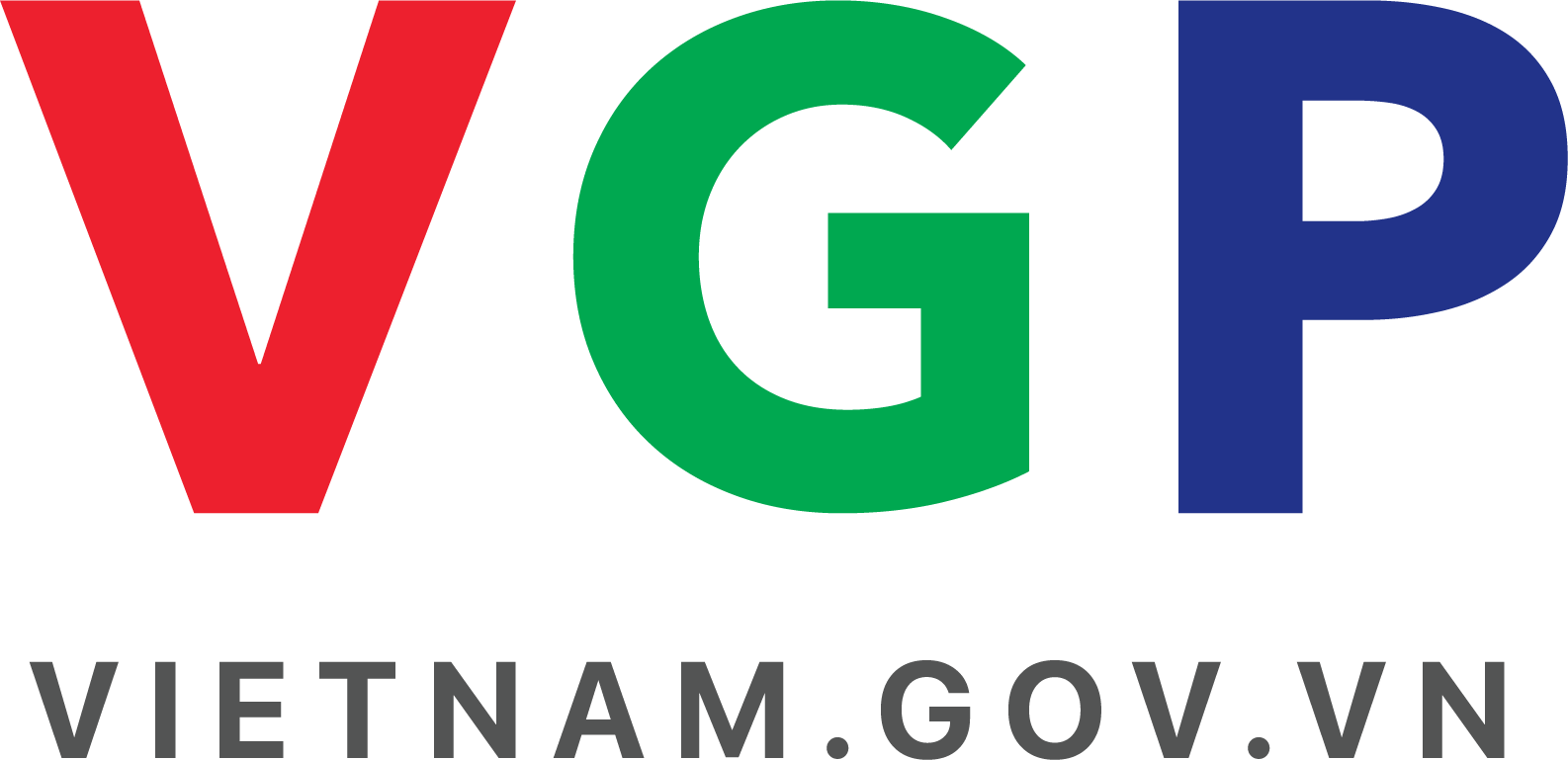
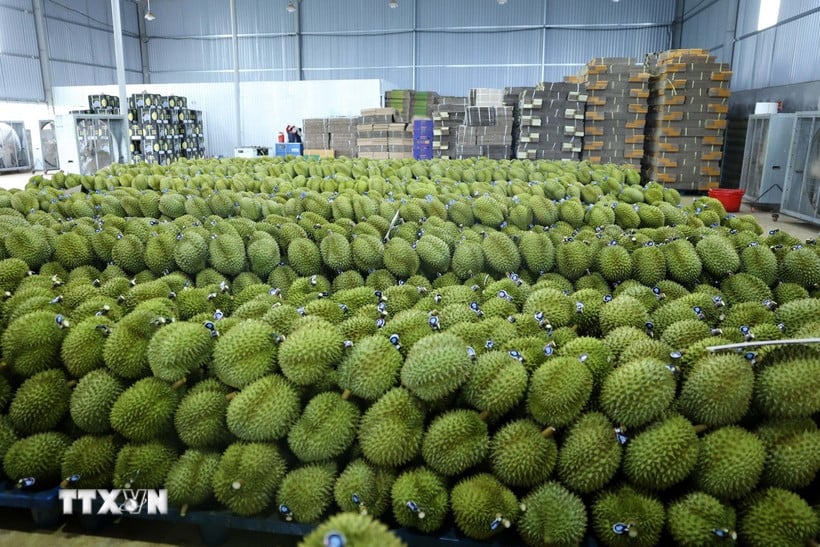

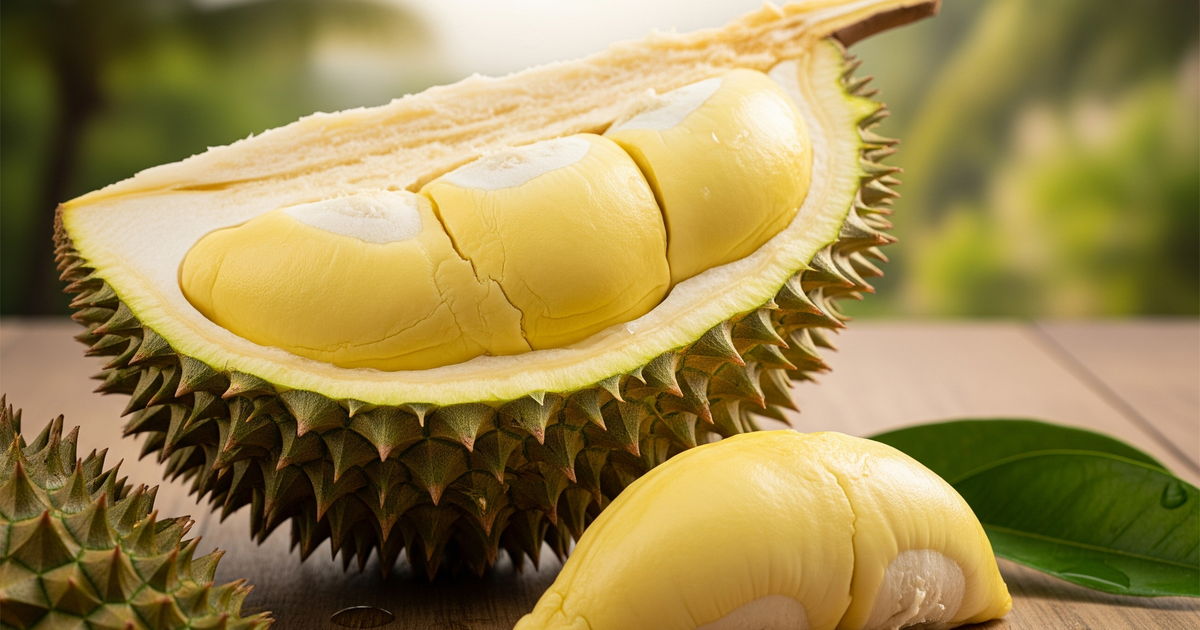

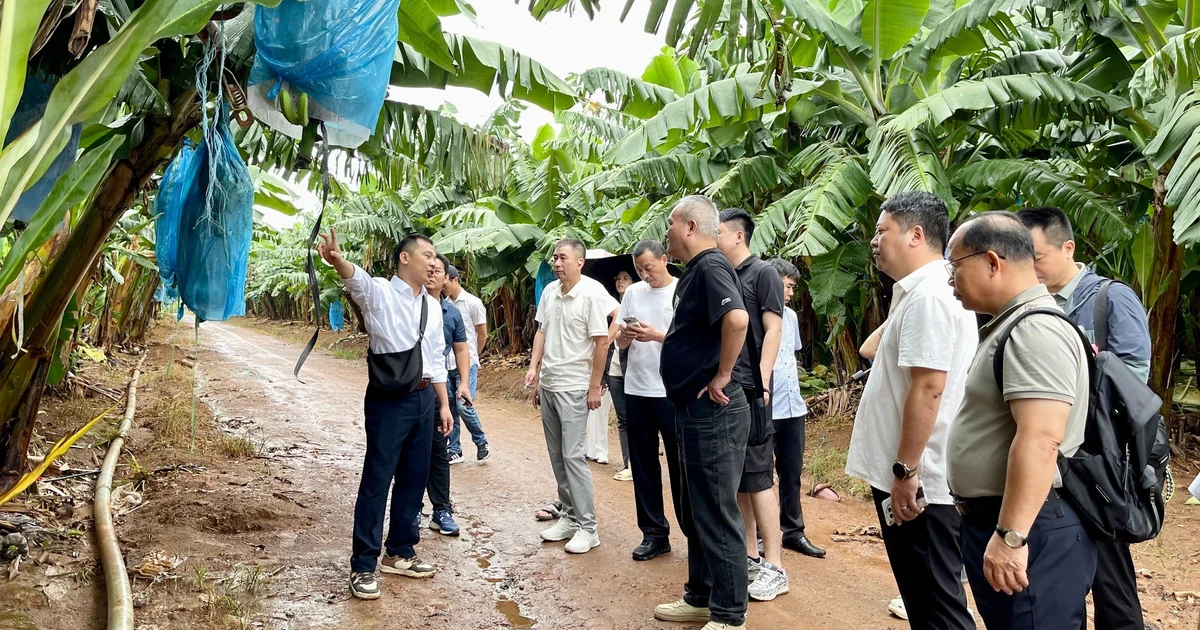


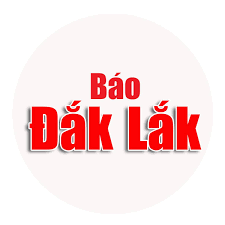
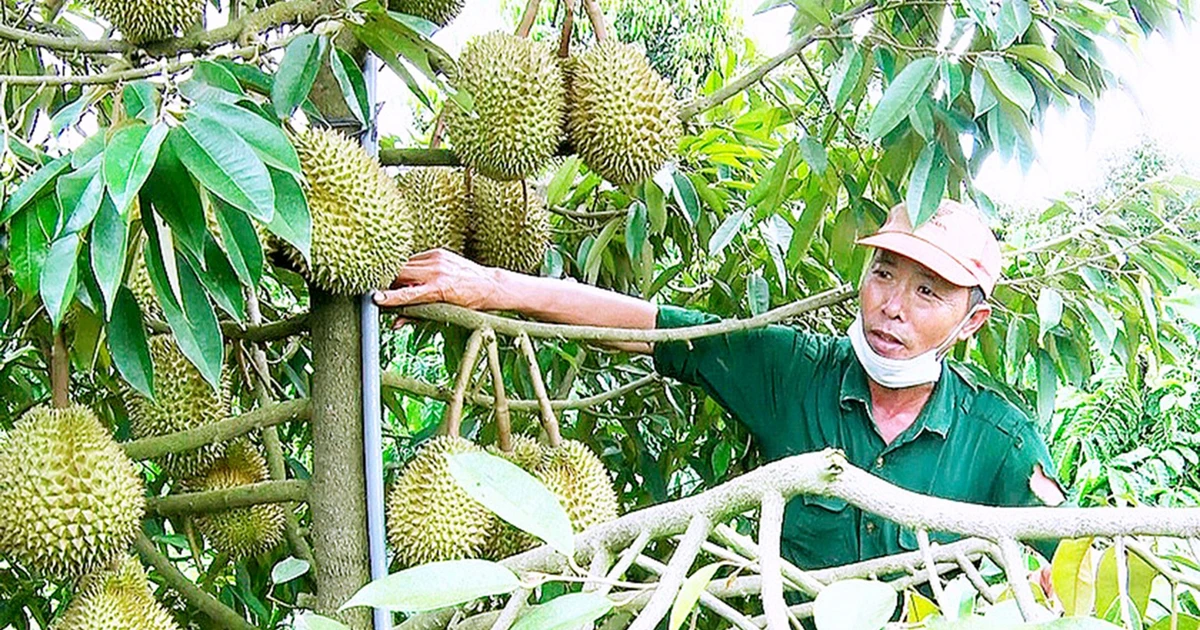
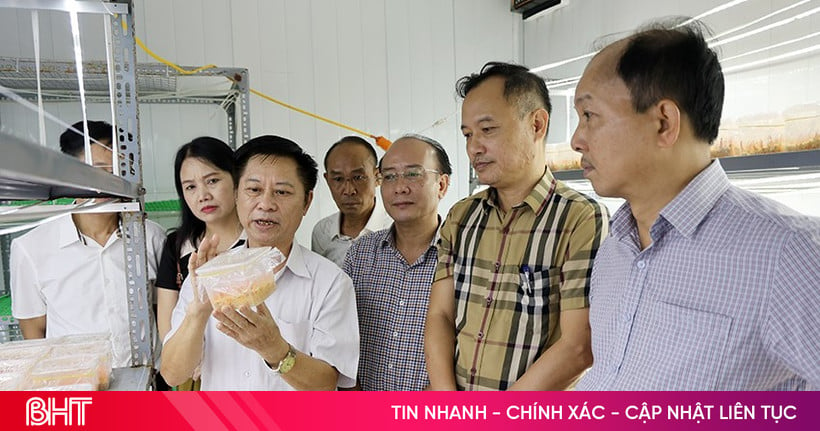

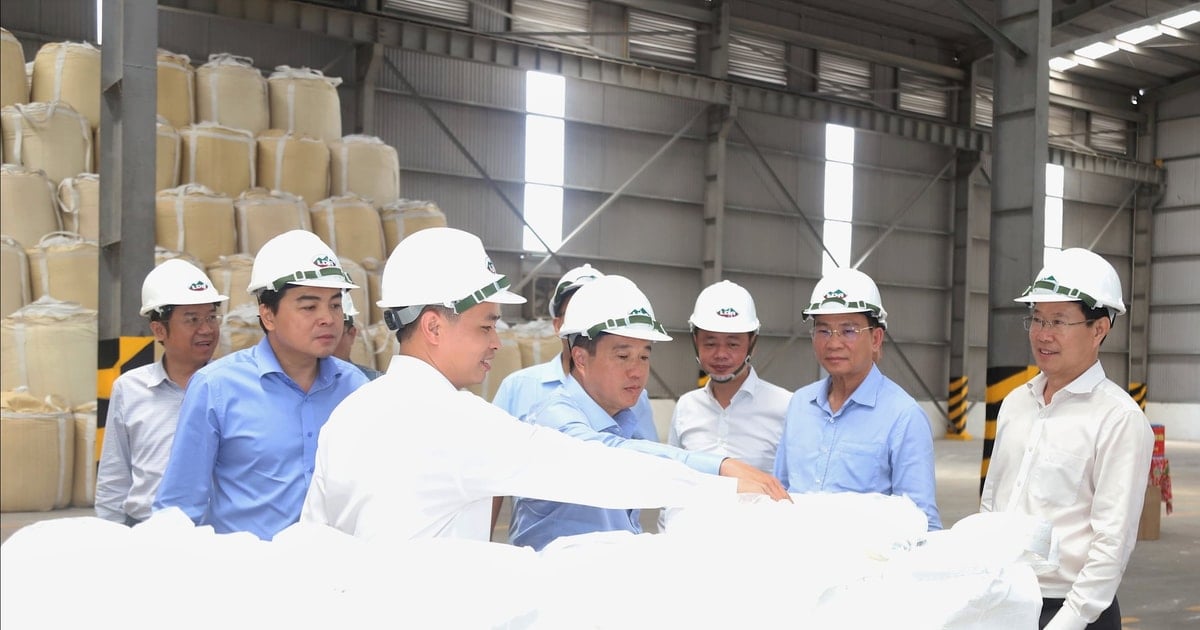
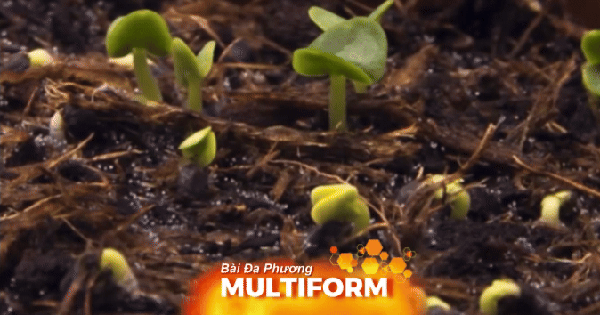

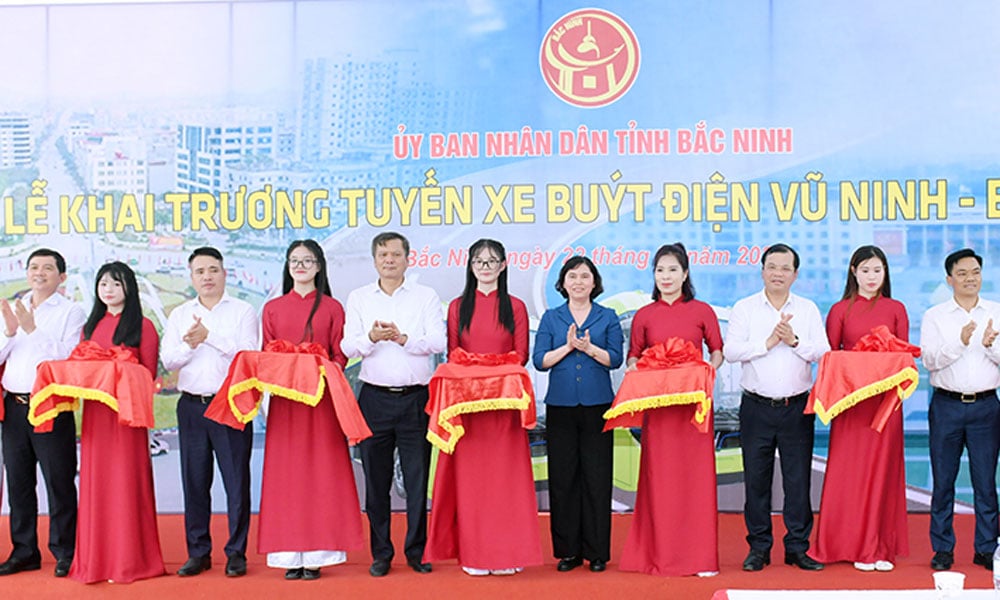

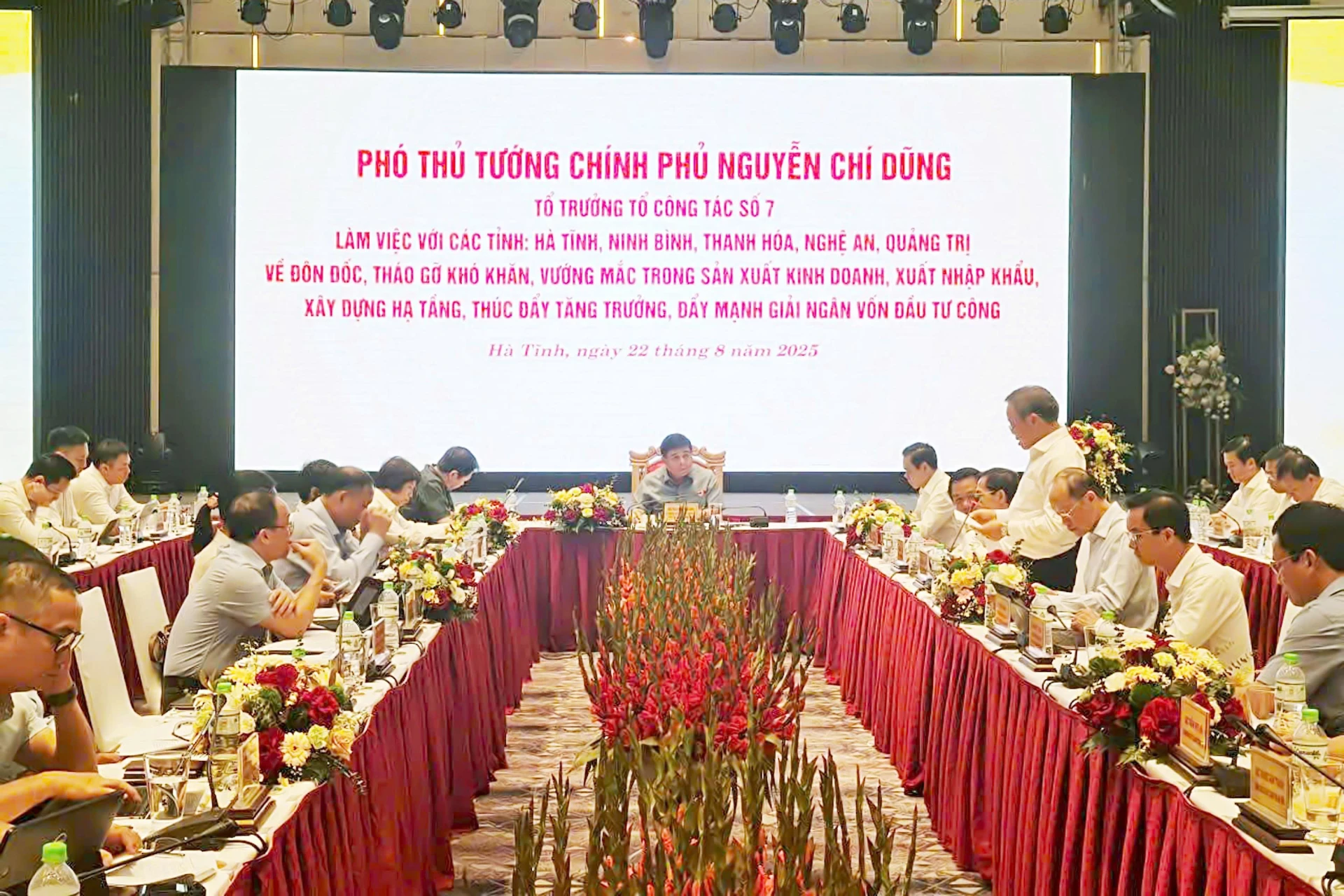






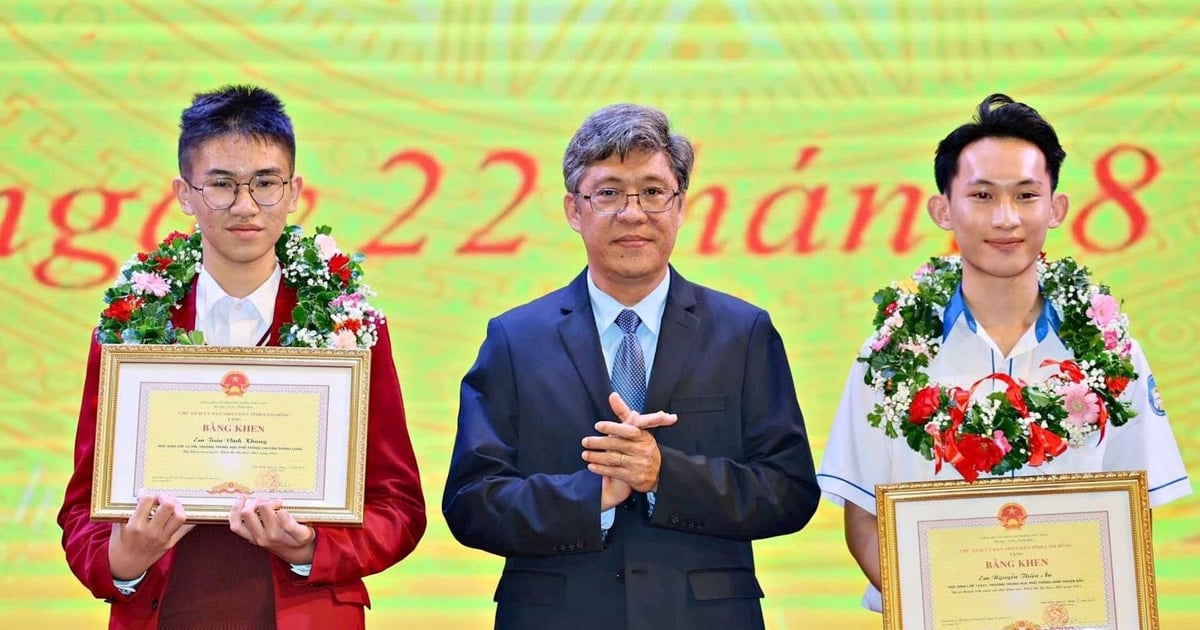
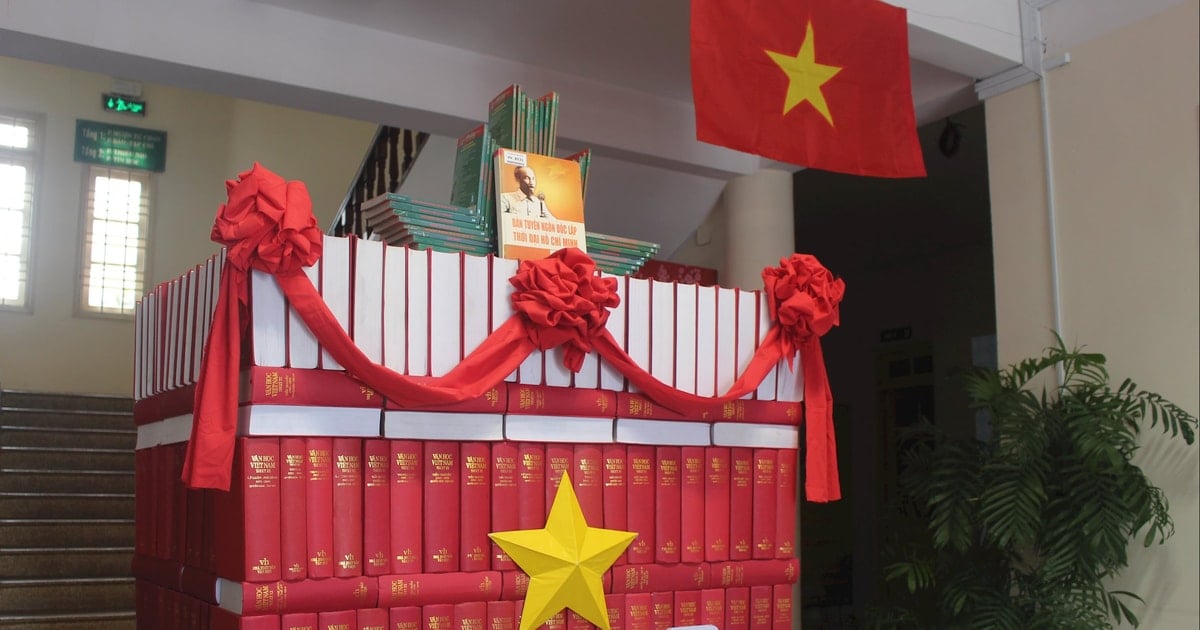
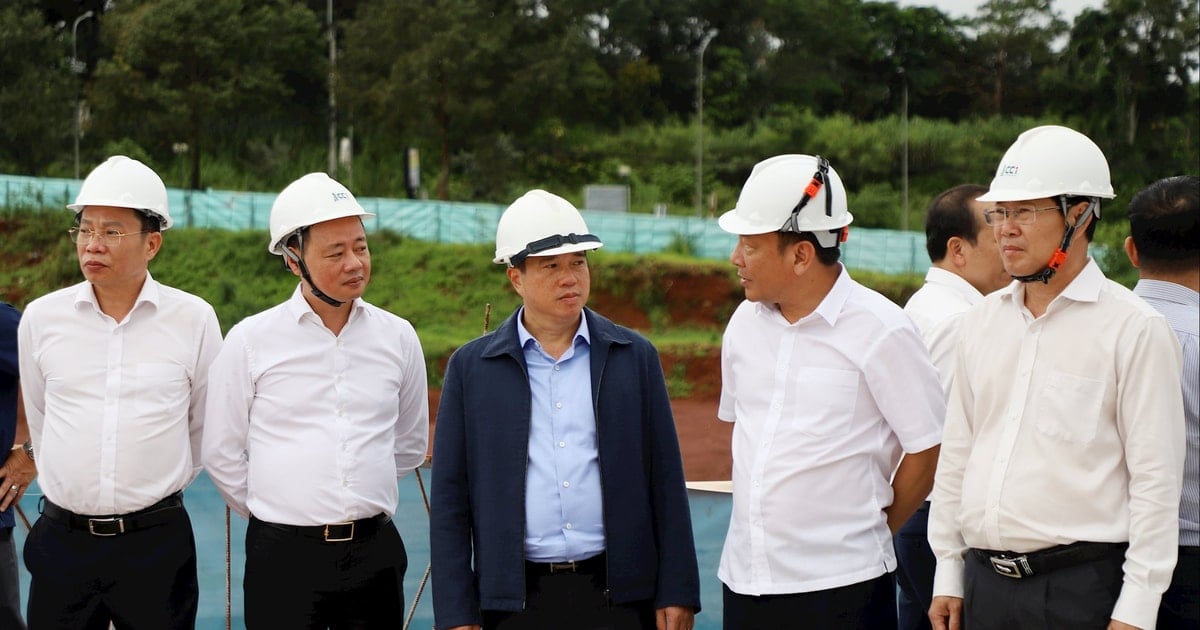

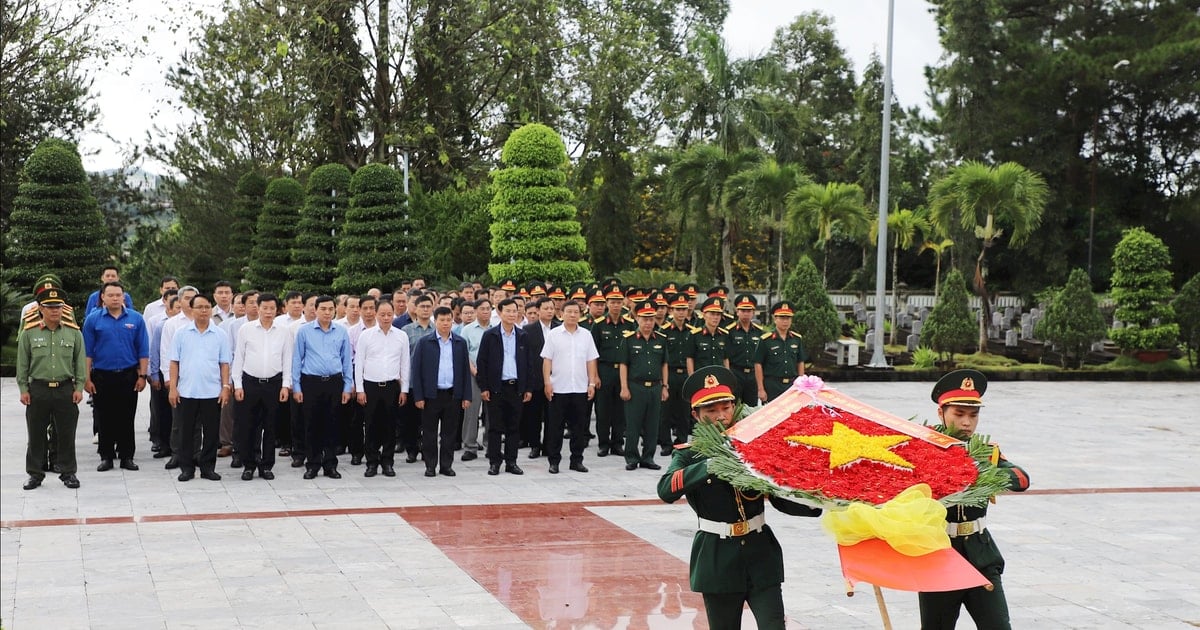
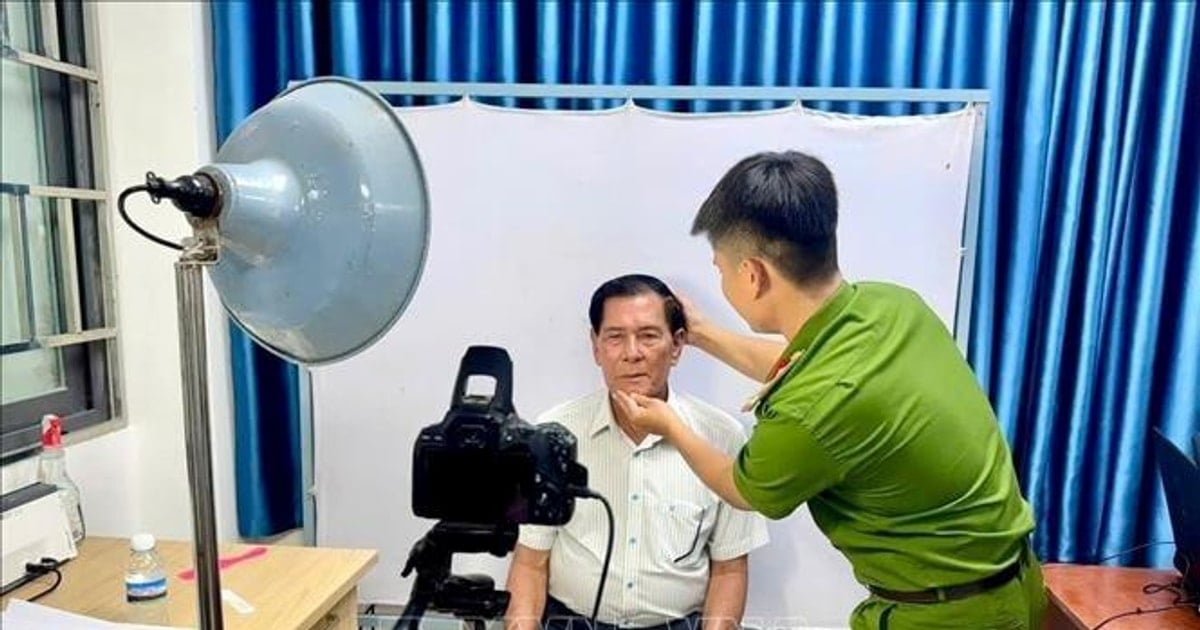













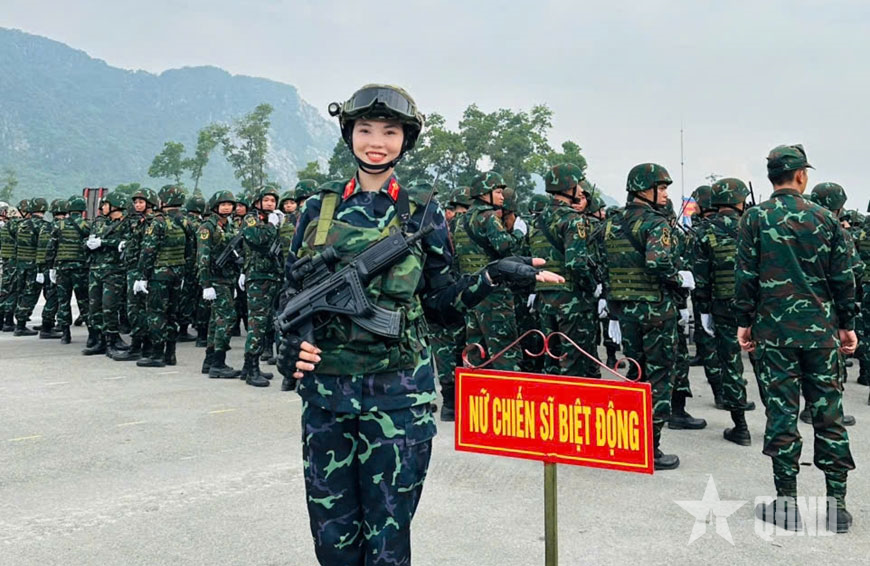





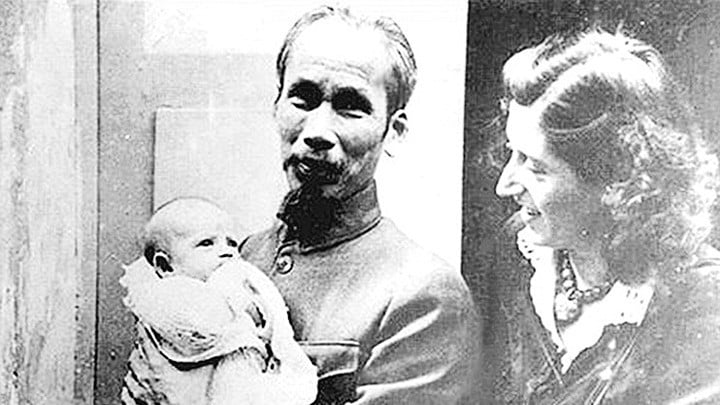







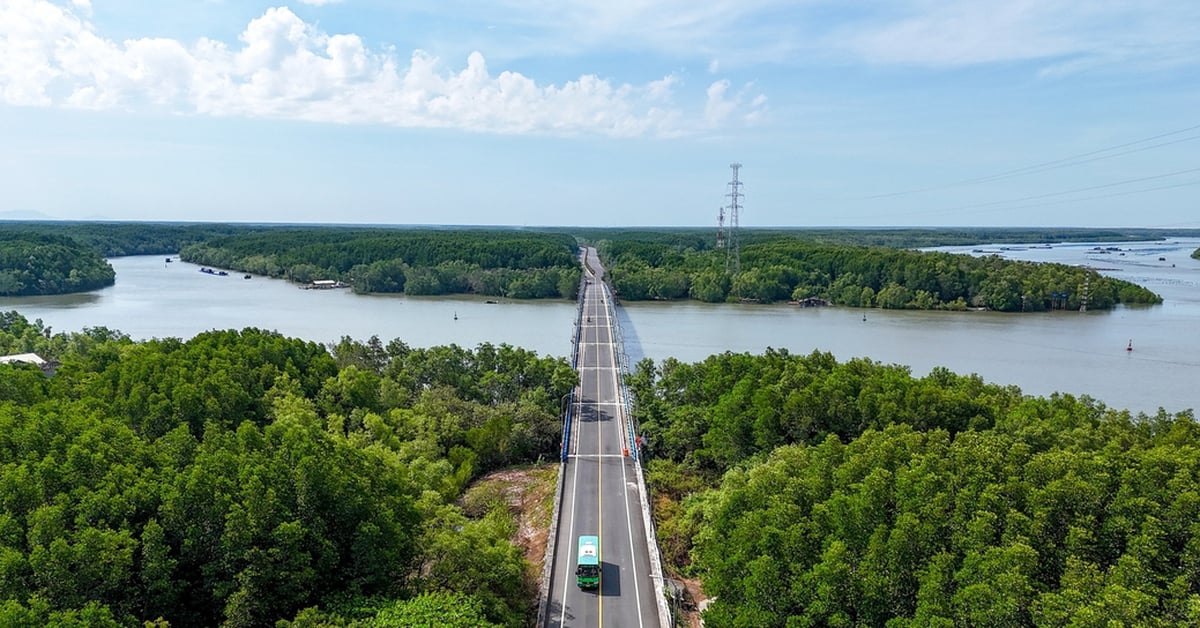


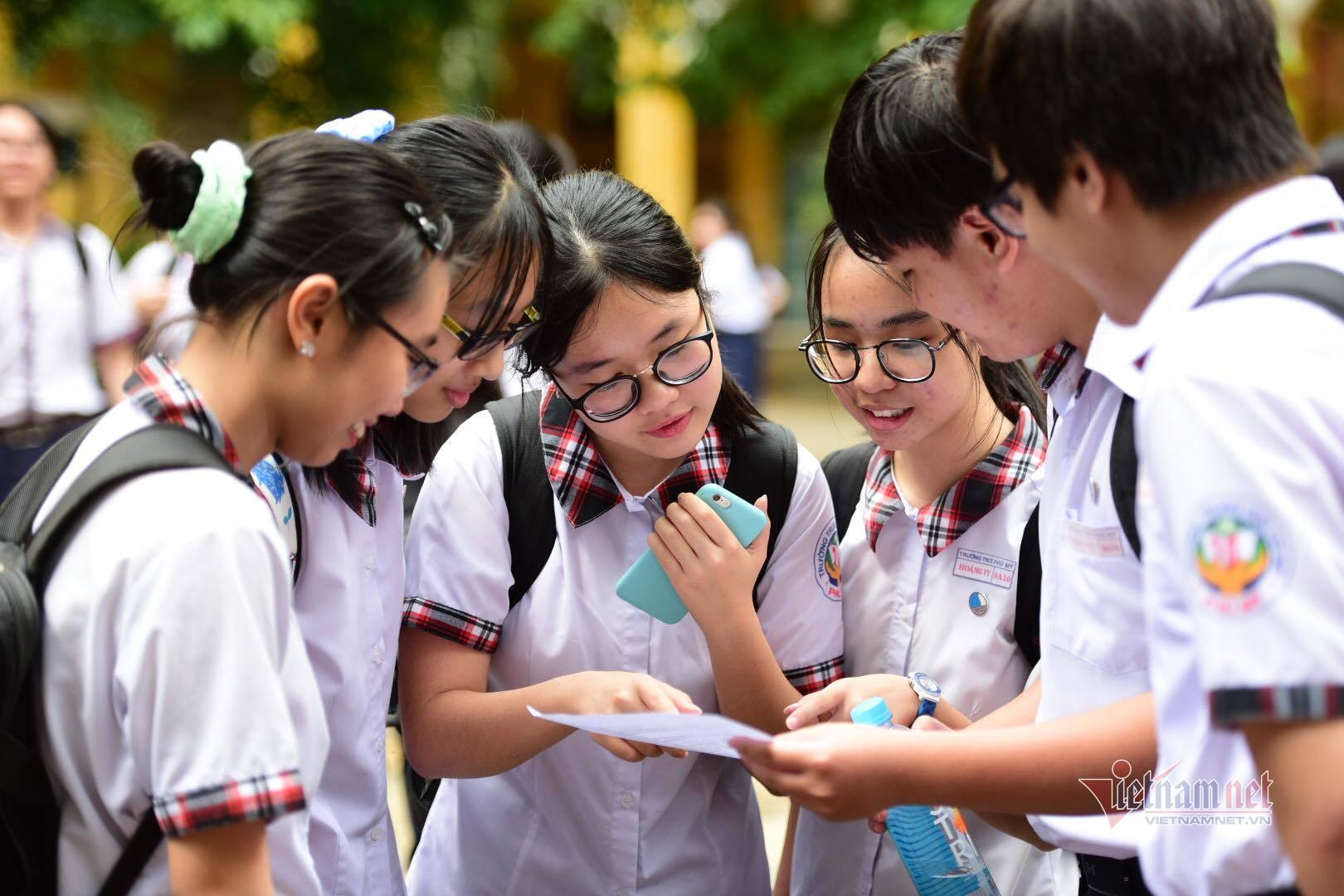
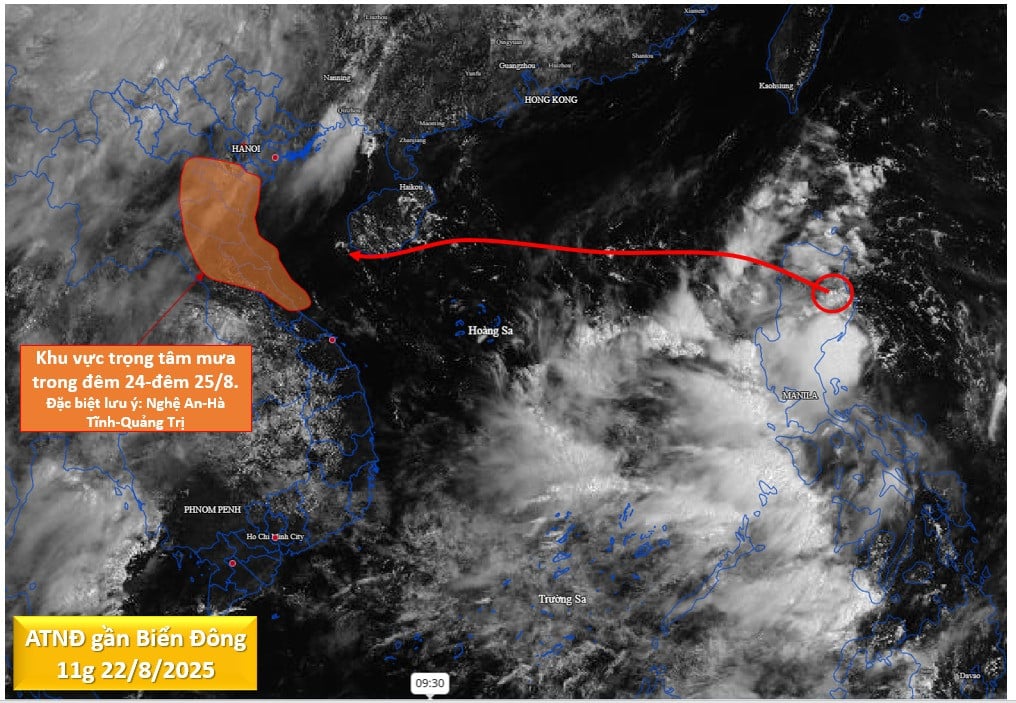
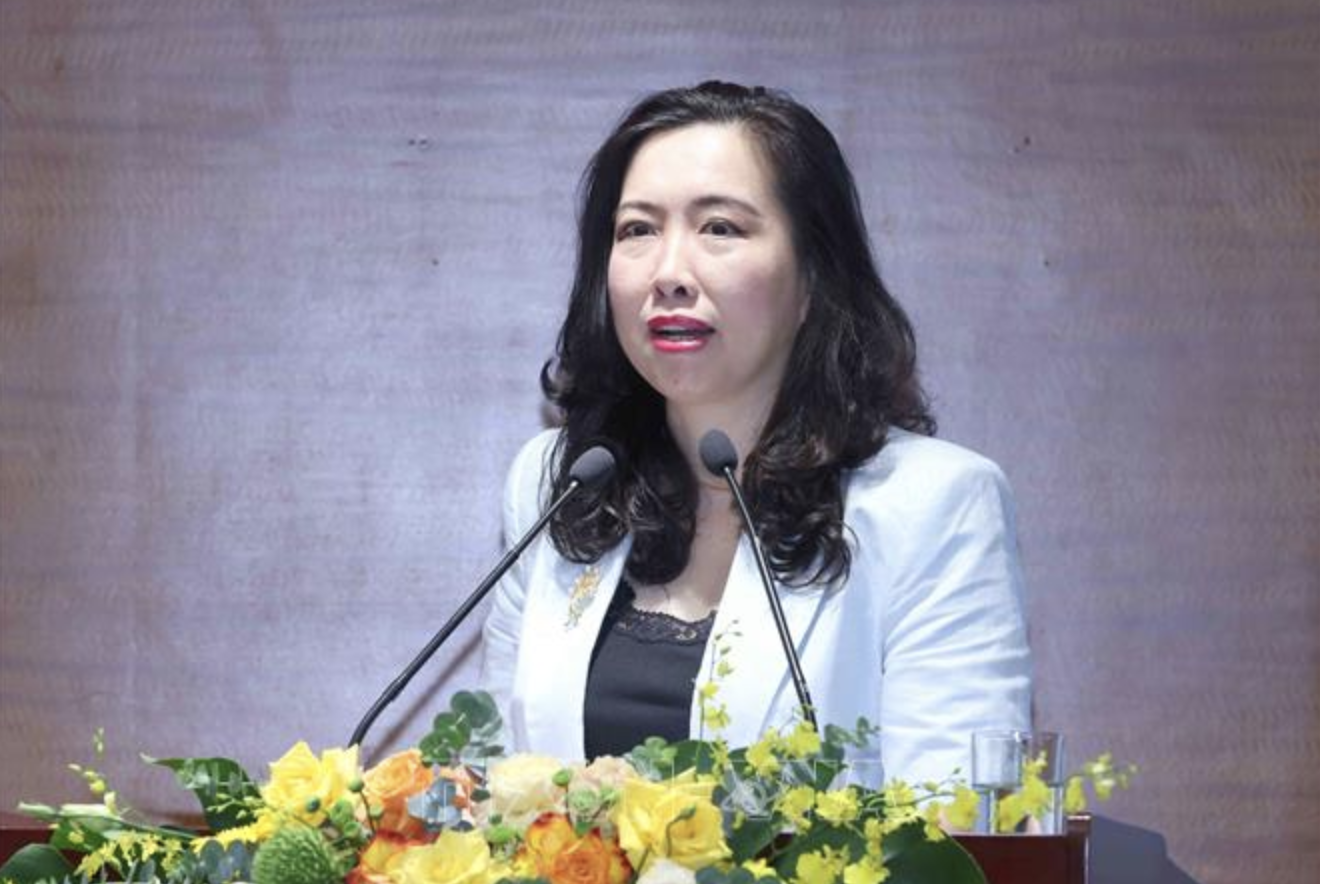
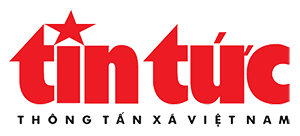




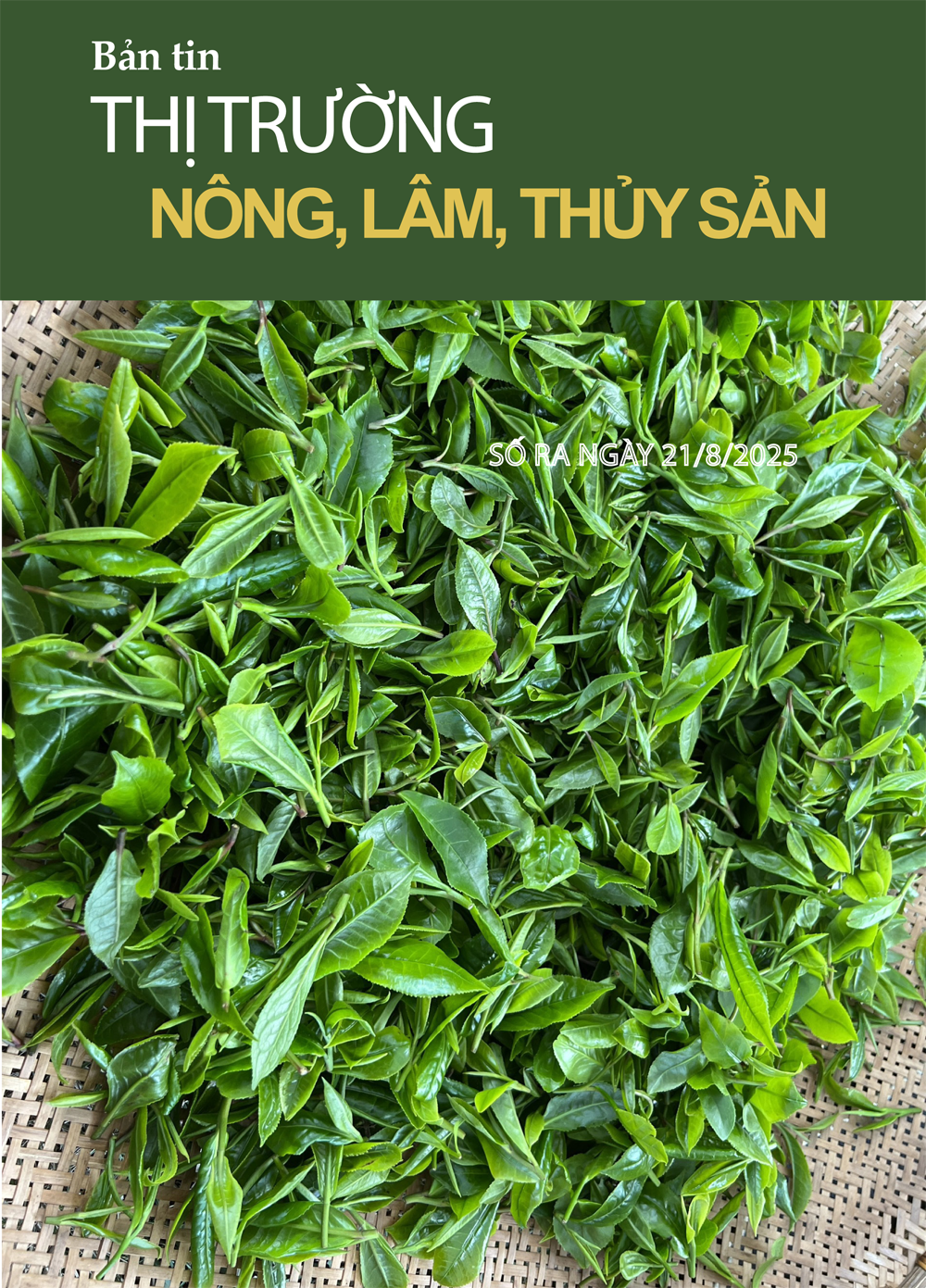


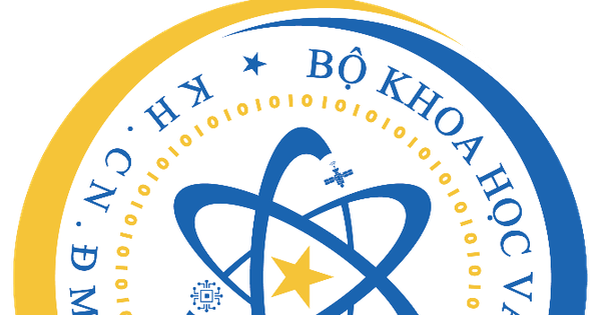

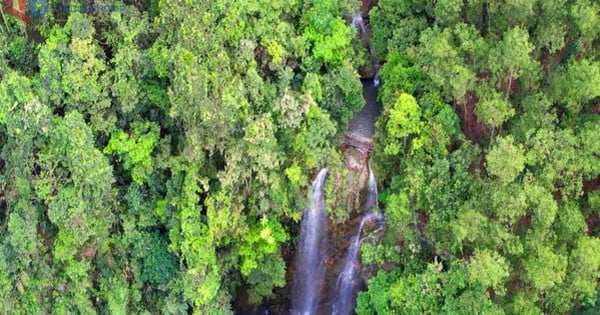
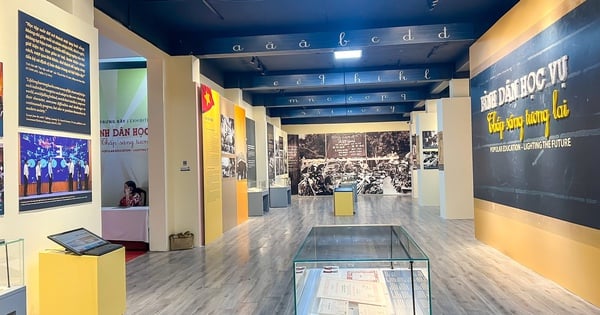
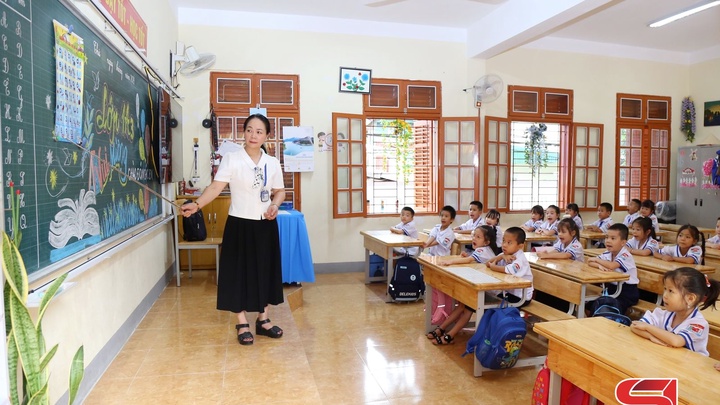

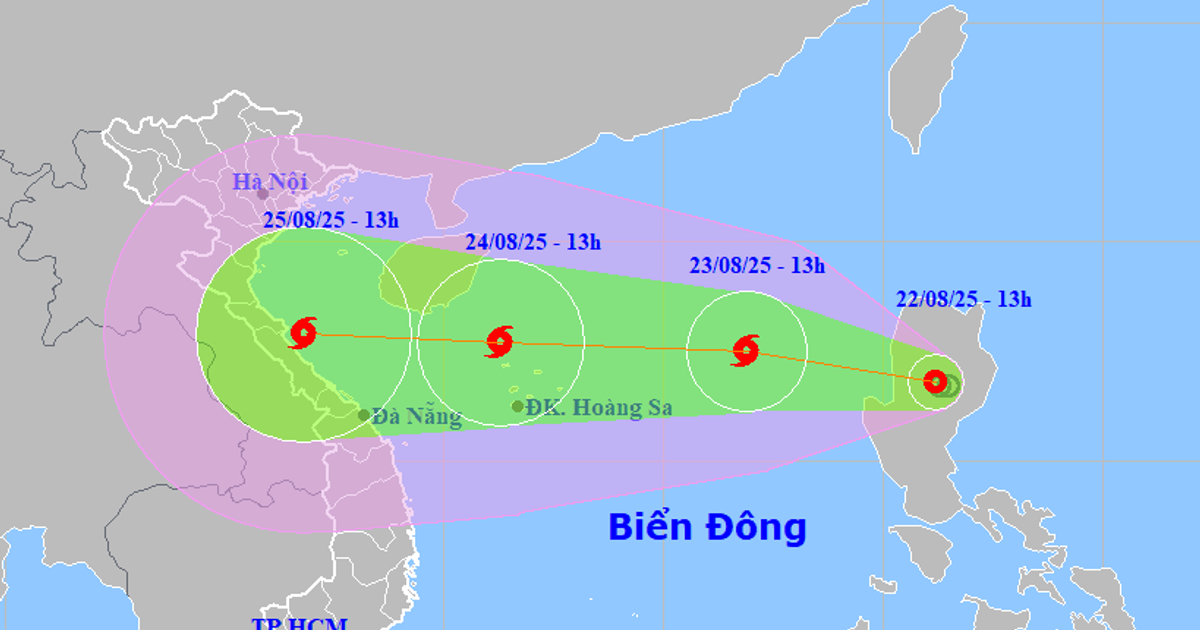



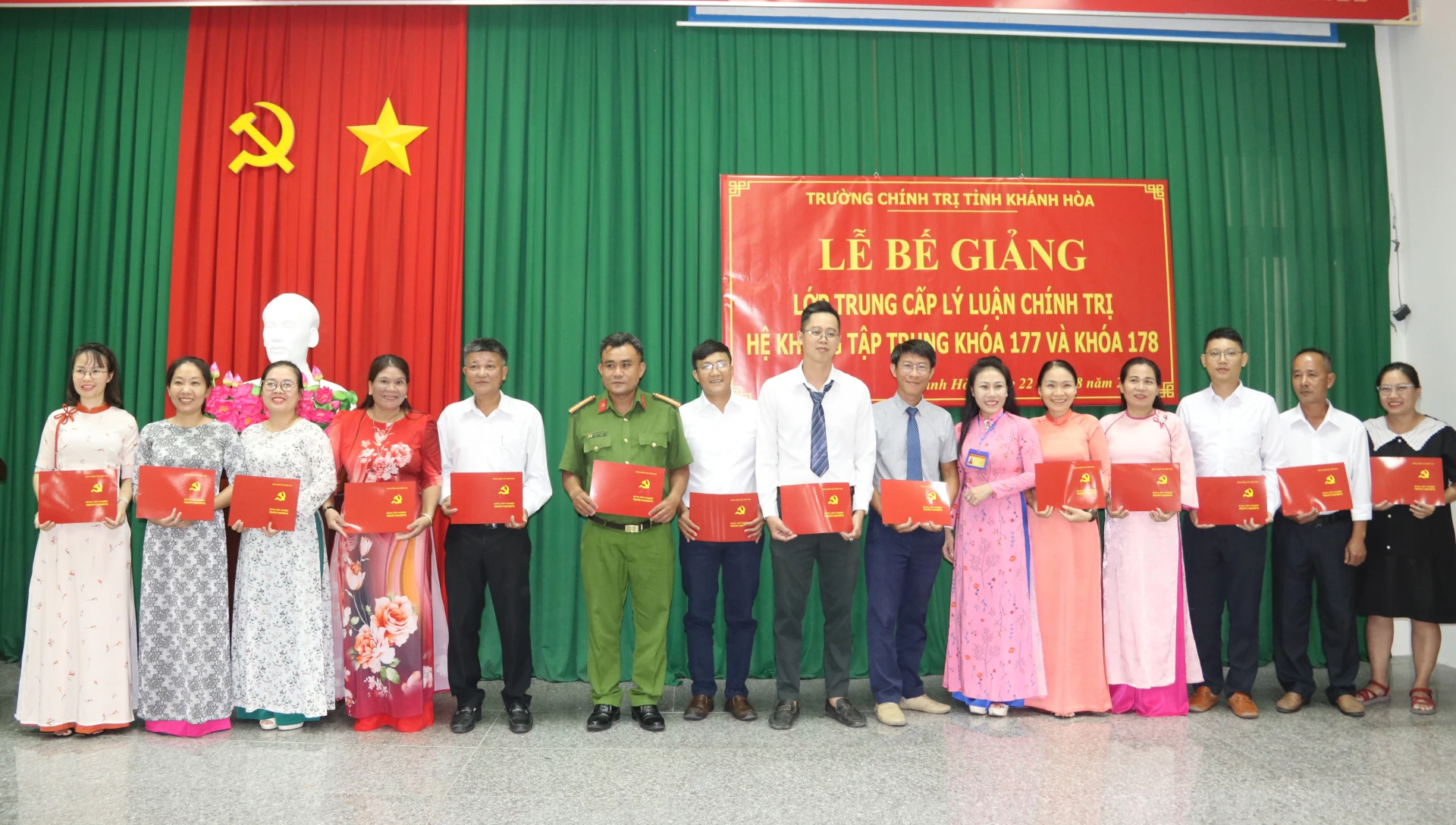


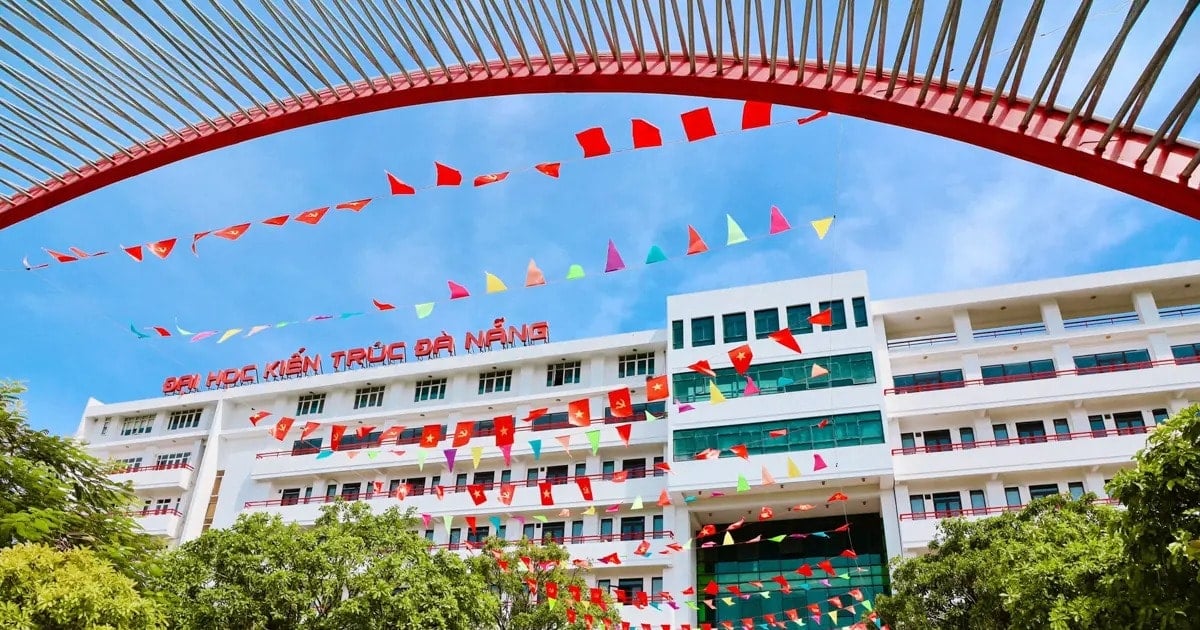
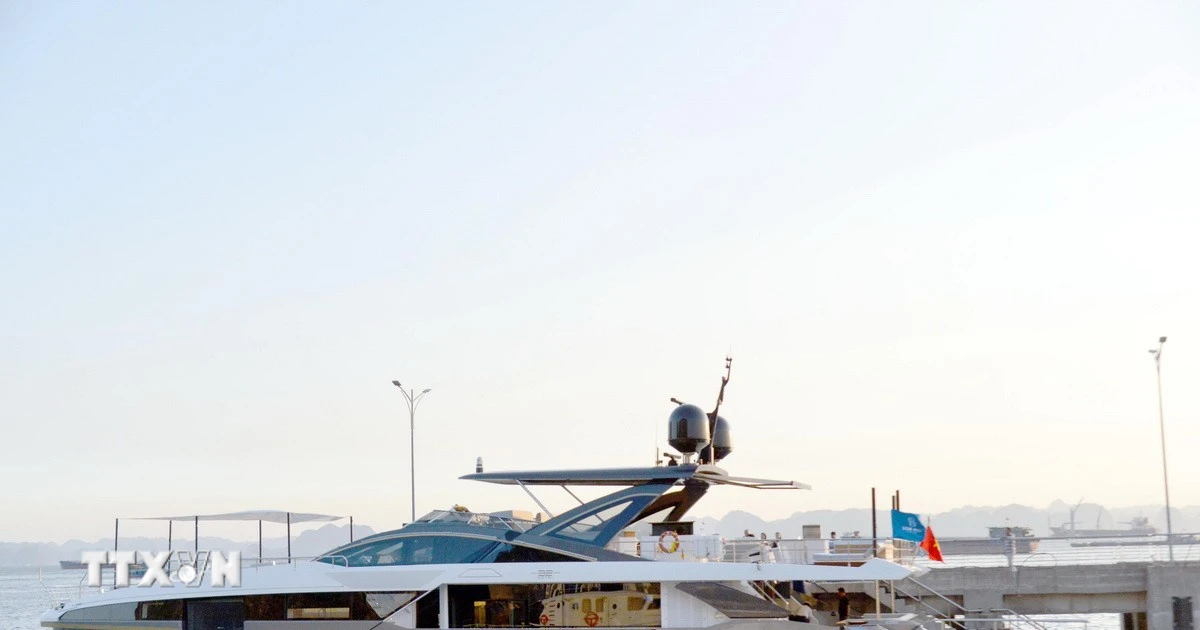











Comment (0)